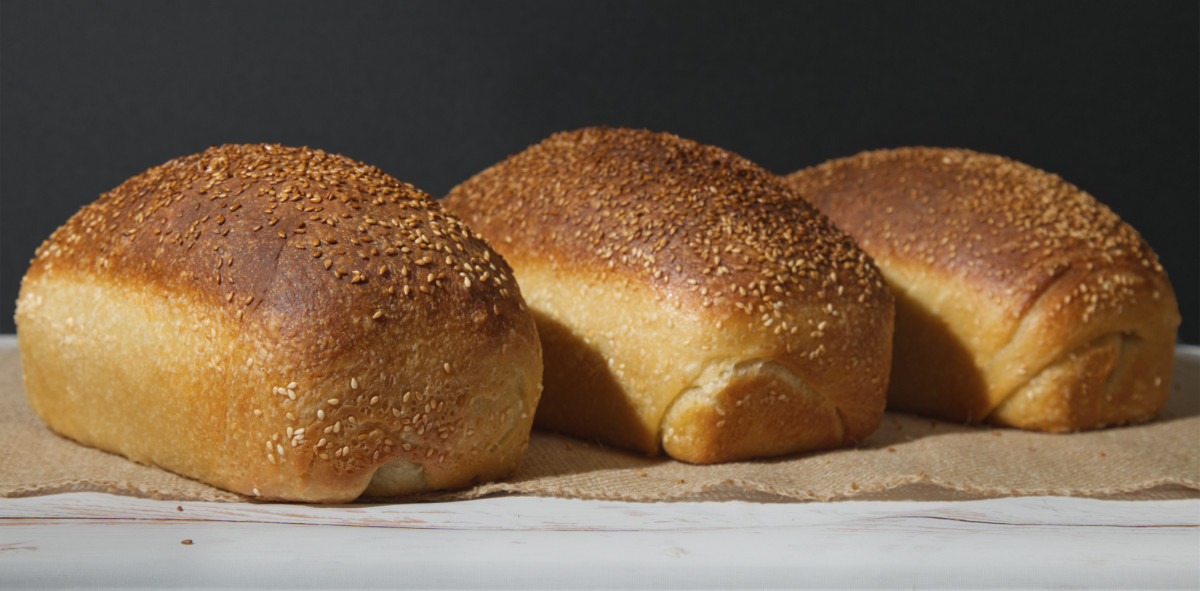Slow rise bread, the pros, cons and considerations.

Why does this Ham ride the slow rise turtle toward bread-like greatness?
That's a good question, it's a relatively new thing in my bread baking strategy repertoire.
You see, the rate of fermentation corresponds with both flavour development and of course, the rise. So instead of going head-long into gas production for those nice airy crumbs, we're adding allowing enzymes to work longer before the yeast takes over, which gives it a nice tang to the flavour without going to the "full sourdough experience".
It has a few other benefits too, as well as some drawbacks.... so let's have a look at them in detail.
Why the obsession with proofers, and keeping dough warm?
It may seem somewhat strange that so many books on bread making encourage the use of "warm spots", "dedicated dough proofers", "oven with the light on", basically anything to take the chill off your dough.
Don't get me wrong, a proofing space, is a very handy thing to have, and it suits so many bread book recipes out there. Understandably, some of you "out there" might think those who actively chill their doughs are mad!
Au contraire, mon ami (on if you prefer english: "to the contrary, my friend").
Most recipes are almost universally designed to get from scratch to bread on the same day. Many beginner hobbyists might otherwise find bread making prohibitively labour intensive with uncertain gains. So I can see how things ended up this way.
There are plenty of situations where you just need "bread fast"... unexpected visitors, the shop didn't have your favourite bread when you went shopping, and now you're out one of the most fundamental staples of many pantry... the list goes on. It also, saves you time...
...but that expedience does have a price.
Slow fermentation is often subtlely alluded to in many books, even if they don't include "slow rise" recipes specifically.
Using preferments such as the "big three" (poolish, biga, and paté fermentêe) offer a low-effort way that involves slow fermentation to add flavour complexity without having to start and maintain a sourdough starter culture.
Almost always, these pre-ferments are made at least 4 hours before the start of the bread making, but it's usually better if you leave it overnight or even, 24 hours. The limits you can take a preferment to depend son the hydration level of the preferment, the amount of active microbes incorporated into the mix, and of course, temperature. While times often vary, most books agree overnight-24 hours is best... but you can take it up to 36 hours in the right circumstances... even 3 days if you put it in the fridge.
Adding something that has fermented for a longer stretch of time tells us that longer fermentation adds at least some benefit to the bread making process.
Now, not everyone likes sourdough bread, and I want to make a clear distinction here. Slow-rise breads are not inherently sourdough-like. In fact the flavour can be worlds apart... or quite similar. A little bit of extra time brings complexity and additional flavour to a basic bread, while a lot of time can turn it into sourdough.. or even an alcoholic/fruity vinegar mess. So times, temperatures, ingredients and hydration levels play cruical roles.

Here's some slowly risen Sicilian bread loaves...
It's difficult to describe the difference that a slow rise can bring out, and the effects vary from one bread to the next. Some loaves become tangy, others sweeter, some taste somewhat more nutty, and some even take on flavours akin to roasted vegetables (only without the vegetables of course).
Sometimes, the impact is huge, while other bakes render a more subtle difference... which can make it seem quite redundant at first glance.
Personally, the best part of a slow rise approach is making the bake process a lot more forgiving when fitting into your schedule. You can leave things over days, instead of hours, you can do things over a 6 hour window, instead of a 30 minute one. You can choose the temperature, and after a bit of tweaking, get it to the ideal state and time it exactlyfor when it suits. That's pretty empowering and you can get a bonus flavour boost as well!
So when is the best time to use a slow rise?
Personally, I think it comes down to a handful of scenarios:
- You're using freshly milled flour and want to extract as much flavour out of it in your bread making.
- You're willing to slow the whole process down in order to make bread making fit into your lifestyle.
- You're a fan of sourdough breads, or extended levain breads because they simply have more interesting flavours.
- You're using unusual or particularly expensive grains which may need a gentler approach to mitigate some of their less desirable traits... like shorter shelf lives, or tendency to go awry if used in conventional approaches.
- Maybe you just want to try a new approach, regardless of your time needs, or the ingredients used.
- It's much easier to manage larger batches of bread. Most people can't bake a dozen loaves at once, so this allows you to stagger them without too much worry.
Of course you might find several of those reasons appeal simultaneously.. you don't have to choose just one. :-)

Here's my first slow-rise loaf which utilised my first batch of home-milled whole-wheat flour. The smell of it was much stronger than the slow rise approach, and the flavour was similarly impacted as a result.
